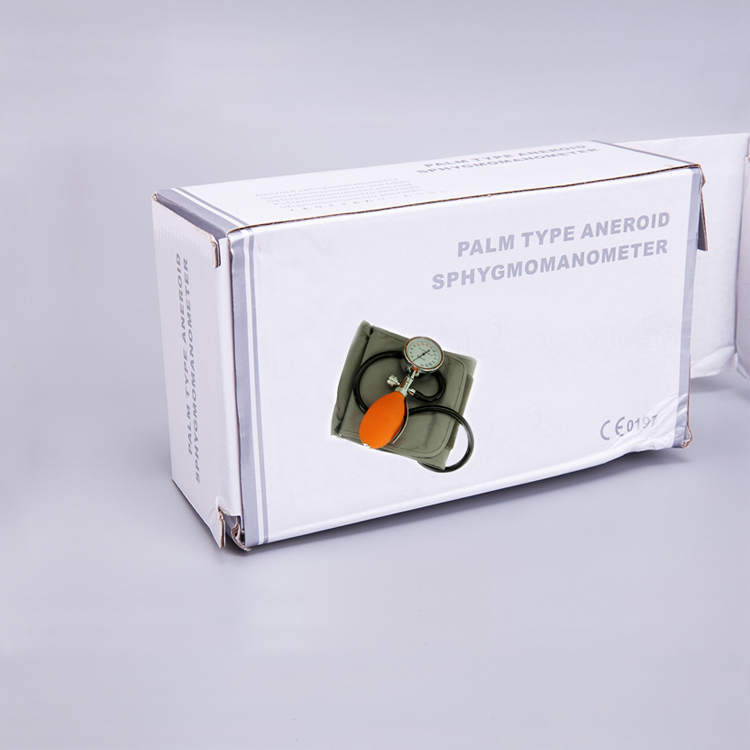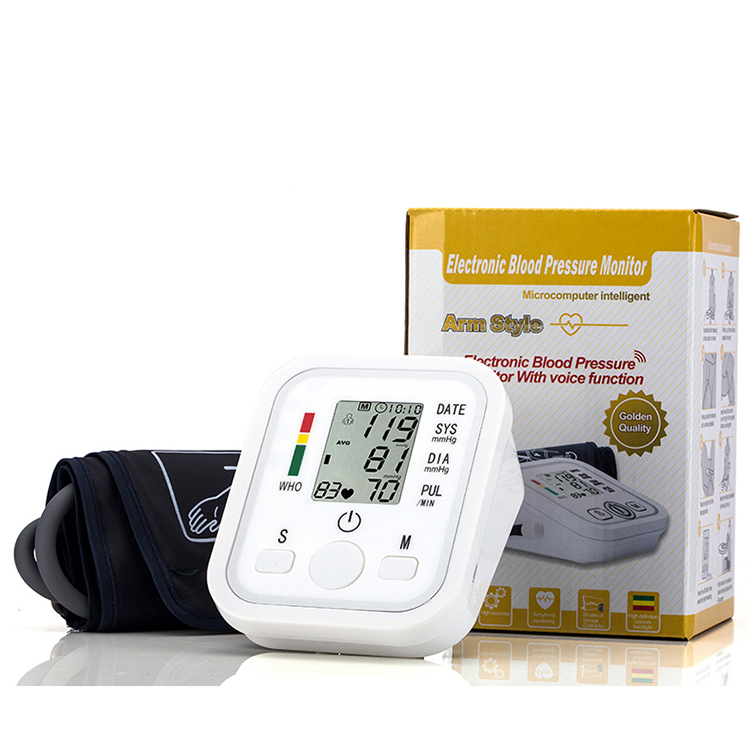Sphygmomanometers are essential devices for measuring blood pressure, a critical aspect of monitoring cardiovascular health. These instruments come in different types, each with its own strengths and ideal use cases. In this post, we’ll explore the three primary types of sphygmomanometers—aneroid, mercury, and digital—and help you understand which might be best suited for your needs.

Aneroid Sphygmomanometers
What is an Aneroid Sphygmomanometer?
An aneroid sphygmomanometer is a manual device that measures blood pressure using a mechanical dial and an inflatable cuff. "Aneroid" means without liquid, as this type of sphygmomanometer doesn’t use mercury. It’s a common tool in medical settings, favored for its accuracy when properly calibrated and maintained.
Key Features
-
Manual Operation: Requires a trained user to inflate the cuff using a hand-held bulb and interpret readings from a dial.
-
Mechanical Gauge: Displays blood pressure in millimeters of mercury (mmHg) using a needle that moves in response to pressure changes in the cuff.
Advantages
-
Cost-Effective: Aneroid sphygmomanometers are generally less expensive than their digital counterparts, making them an affordable option.
-
Portable and Durable: Lightweight and easy to carry, they don’t rely on batteries or electricity, which makes them dependable in low-resource settings.
Disadvantages
-
Requires Training: Accurate readings depend on proper technique, so it’s not ideal for untrained users.
-
Calibration Needed: Over time, the mechanical parts may drift from accuracy, requiring regular calibration to ensure correct readings.
Mercury Sphygmomanometers
What is a Mercury Sphygmomanometer?
A mercury sphygmomanometer is the traditional and most accurate type of blood pressure measuring device. It uses mercury, a liquid metal, to determine blood pressure by displaying readings based on the height of the mercury column. Despite its precision, the use of mercury presents significant health and environmental risks, making it less common in modern medical practice.
Key Features
-
Mercury Column: The device includes a glass tube filled with mercury that rises and falls with changes in pressure.
-
Highly Accurate: Often considered the "gold standard" in blood pressure measurement because of its consistency and reliability.
Advantages
-
Most Accurate: Mercury sphygmomanometers don’t require frequent recalibration and offer highly precise readings.
-
Long-Lasting: These devices are durable and, when handled carefully, can provide reliable service for years without significant maintenance.
Disadvantages
-
Mercury Hazards: Due to mercury's toxicity, there is growing concern about the health risks it poses, as well as the environmental damage if the mercury spills.
-
Heavier and Less Portable: The mercury column and overall construction make this type of sphygmomanometer bulkier and less convenient to transport.

Digital Sphygmomanometers
What is a Digital Sphygmomanometer?
Digital sphygmomanometers are automated devices designed for easy blood pressure measurement. They are widely used for home monitoring because they require no special training, and their results are displayed on a digital screen. These devices operate using electronic sensors that detect the oscillations of the blood in the arteries.
Key Features
-
Fully Automatic: The user simply places the cuff on their arm, presses a button, and the machine inflates the cuff and calculates the blood pressure.
-
Digital Display: Results are shown clearly on a digital screen, making it simple for anyone to understand their readings.
Advantages
-
User-Friendly: Digital sphygmomanometers are incredibly easy to use, with no need for manual inflation or reading interpretation.
-
Portable and Convenient: These devices are lightweight and often come with additional features, like memory storage to track readings over time.
Disadvantages
-
Less Accurate: While they are convenient, digital sphygmomanometers may not be as precise as aneroid or mercury devices, especially if the user has an irregular heartbeat.
-
Battery Dependency: Digital devices require batteries or electrical power, which can be a drawback if the power source fails or isn’t available.
-
Recalibration: Over time, digital devices may need recalibration to ensure accuracy.
Comparing the 3 Types of Sphygmomanometers
When deciding which type of sphygmomanometer is best, it’s important to weigh the pros and cons of each:
-
Accuracy: Mercury sphygmomanometers are the most accurate, by aneroid and then digital devices.
-
Ease of Use: Digital sphygmomanometers are the easiest to use, making them ideal for home monitoring. Aneroid devices require more training, while mercury devices are used mainly in professional settings.
-
Portability: Digital devices are the most portable, by aneroid models. Mercury sphygmomanometers are generally larger and heavier.
-
Cost: Aneroid sphygmomanometers tend to be the most affordable, while digital models vary in price depending on features. Mercury sphygmomanometers are more expensive due to their high accuracy and construction.
Conclusion
There are three main types of sphygmomanometers—aneroid, mercury, and digital—each offering distinct advantages depending on the user’s needs. Mercury devices are ideal for settings that prioritize the highest accuracy, but their use is declining due to safety concerns. Aneroid sphygmomanometers provide a reliable, manual option for trained professionals, while digital devices are the best choice for home users seeking convenience.
When selecting a sphygmomanometer, consider your environment, accuracy requirements, and ease of use to make the best choice for your blood pressure monitoring needs.

